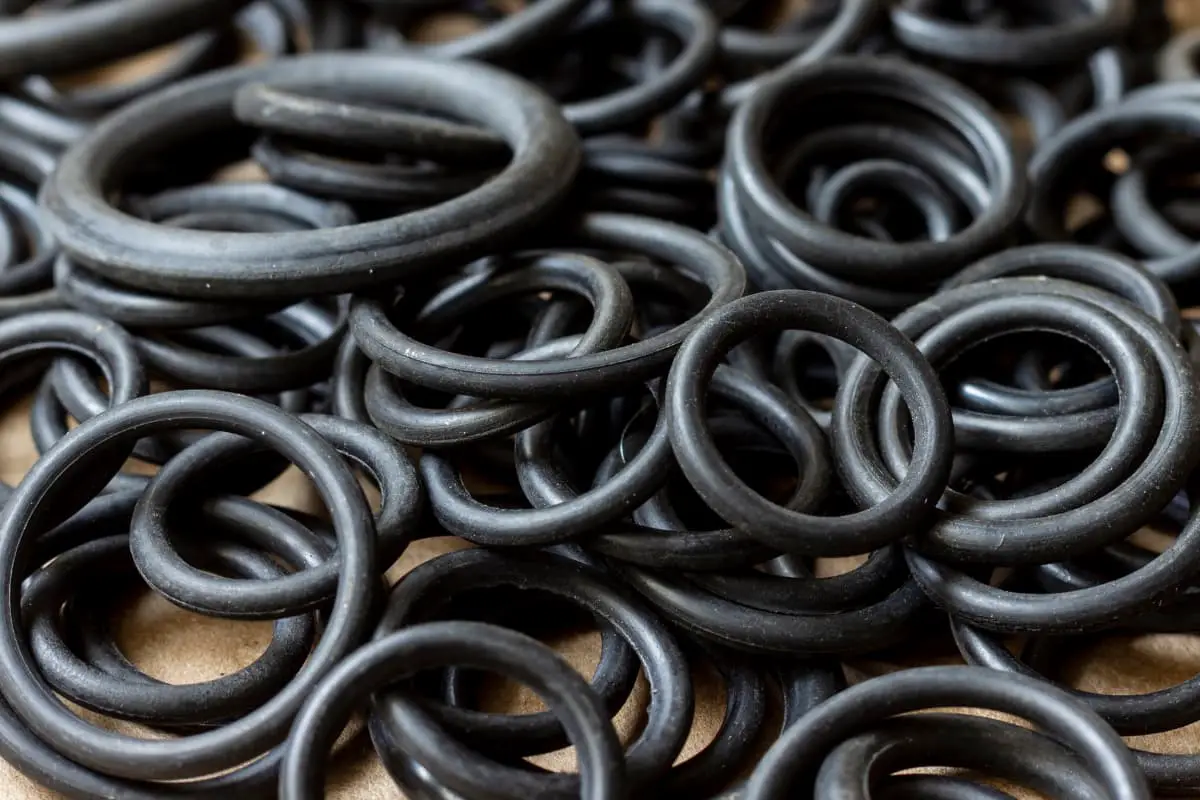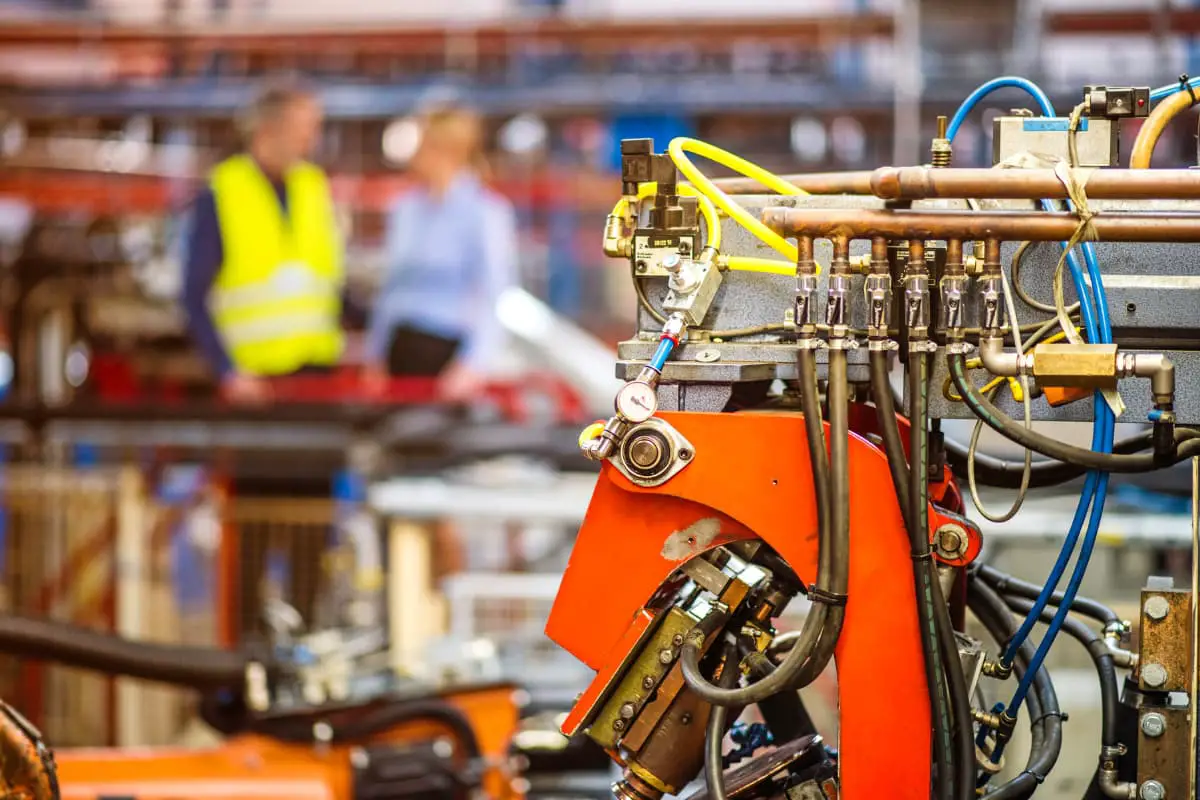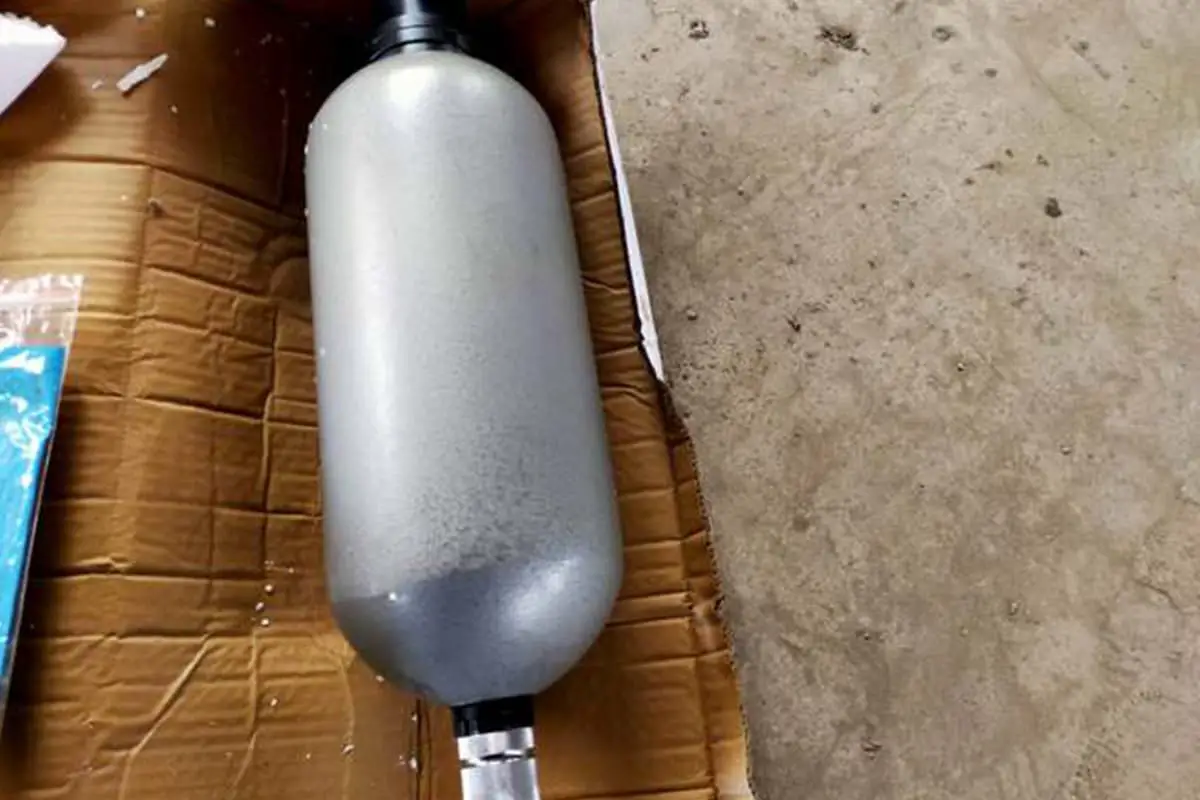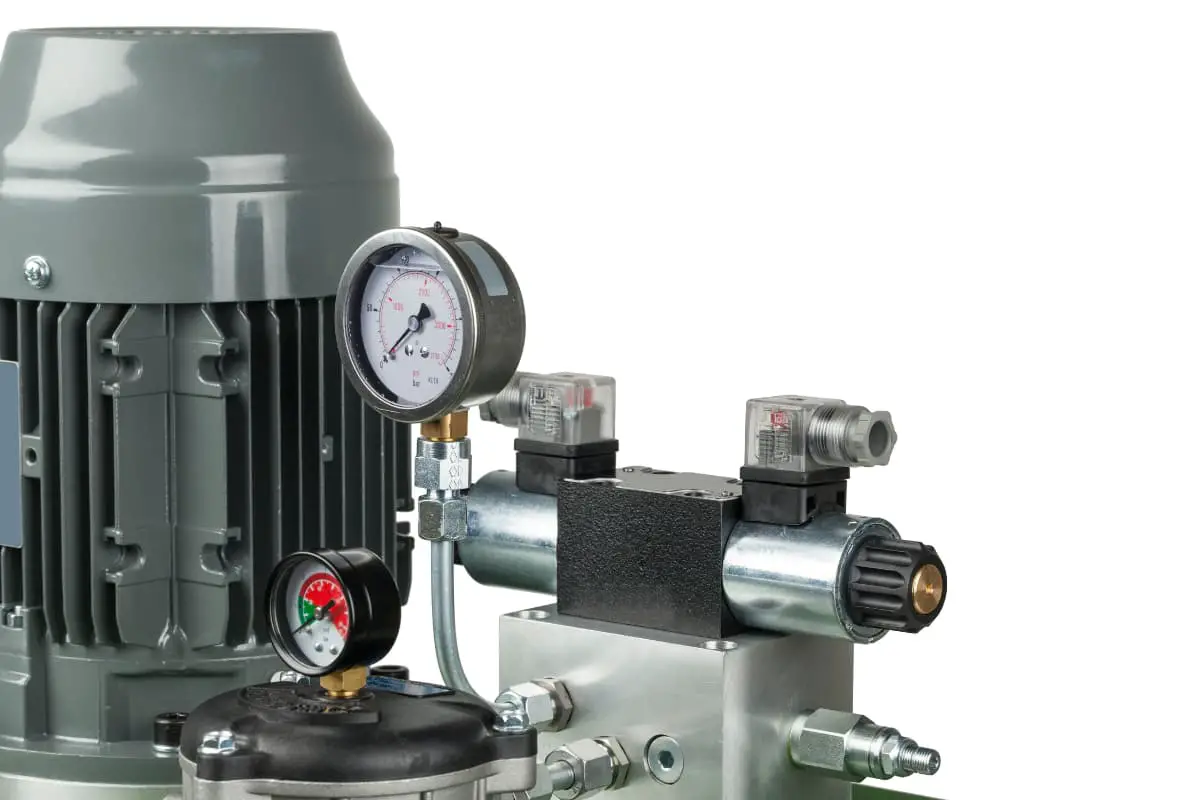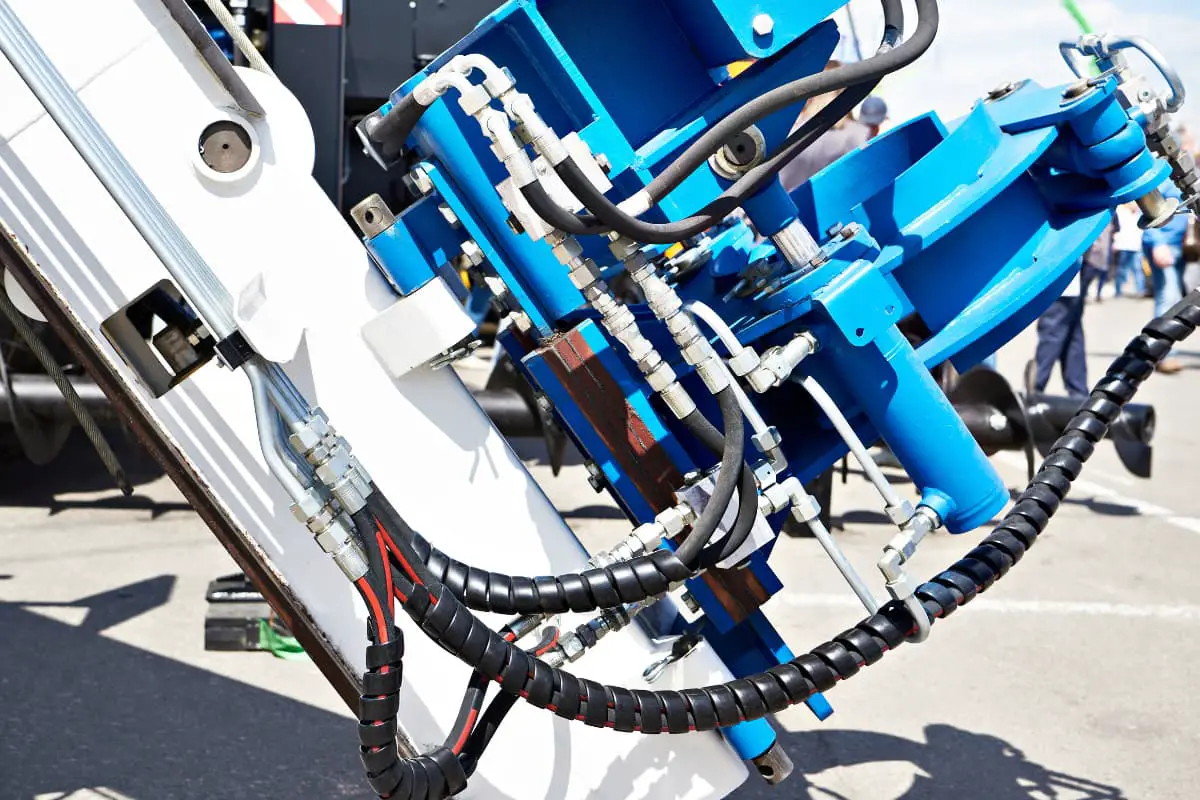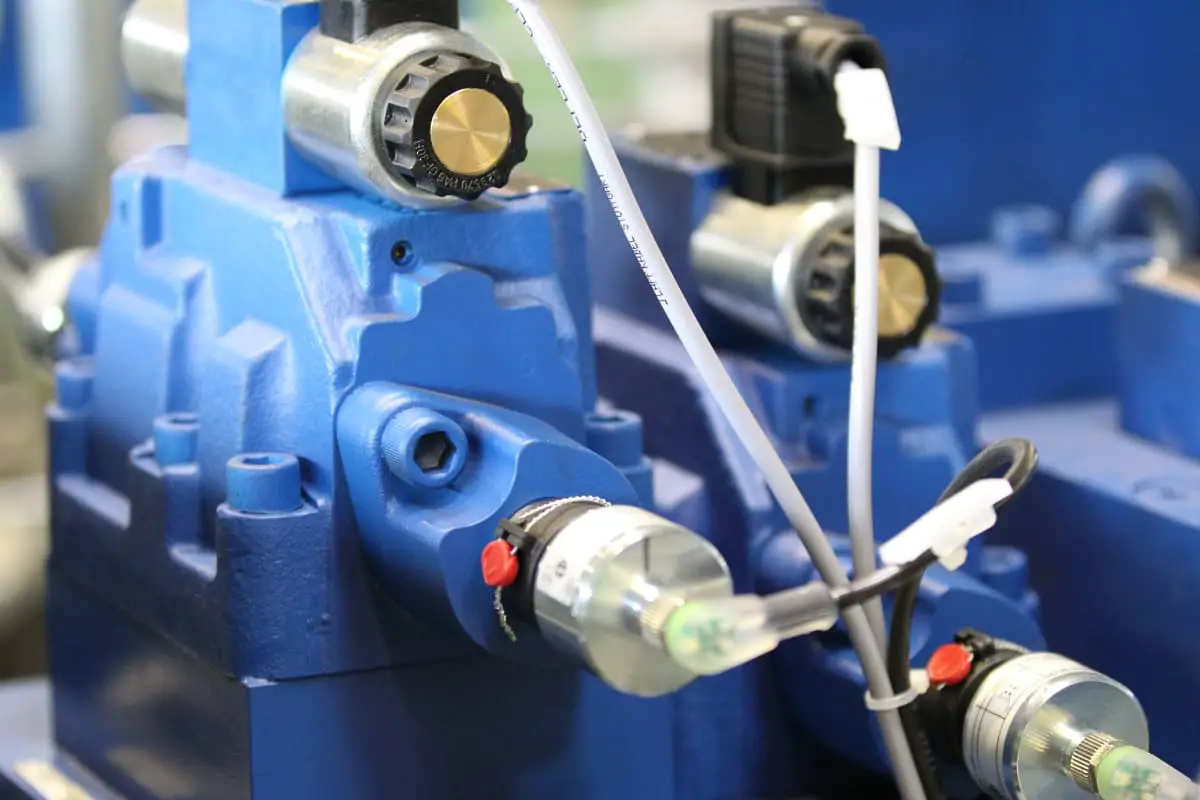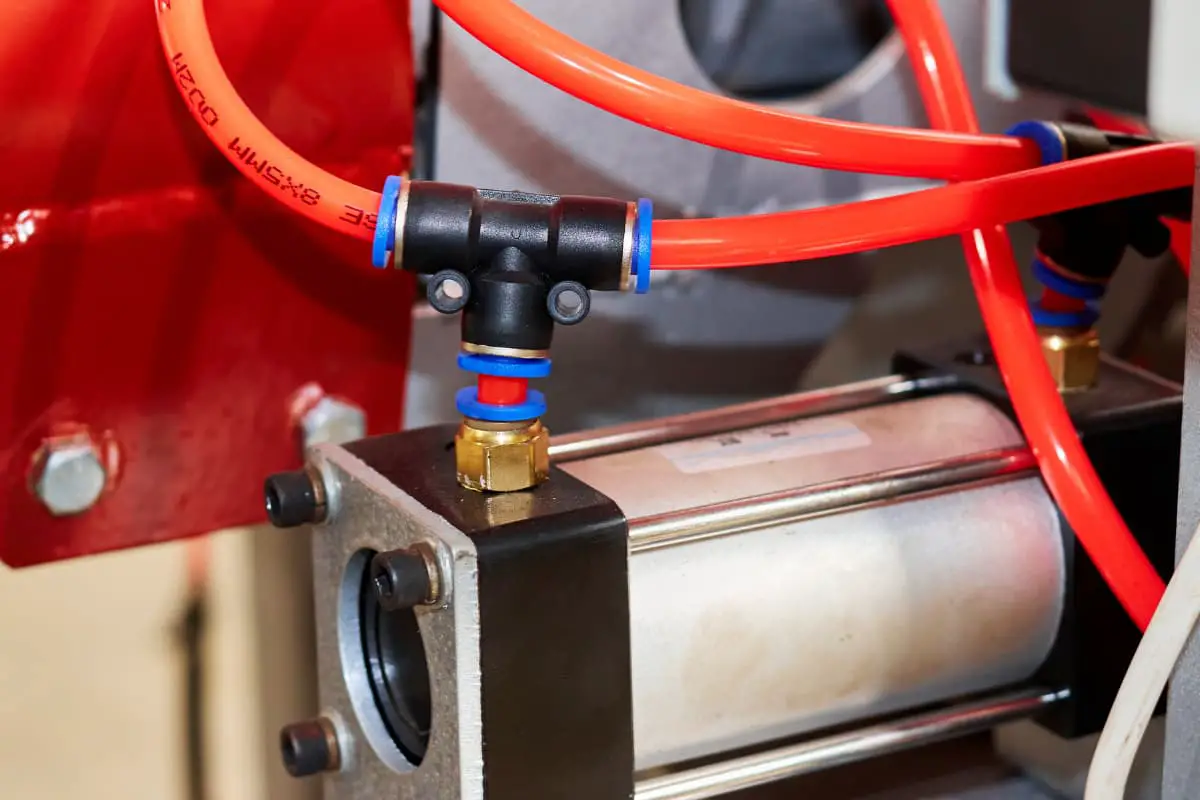
1. Classification of Welding Rods
(1) Classification by the purpose of the welding rod
1) Carbon steel welding rods are mainly used for welding low carbon steel and low alloy steel with lower strength grades.
2) Low alloy steel welding rods are mainly used for welding low alloy high strength steel, molybdenum-containing and cobalt-molybdenum heat-resistant steel with lower alloy elements, and low temperature steel.
3) Stainless steel welding rods are mainly used for welding molybdenum heat-resistant steel and cobalt-molybdenum heat-resistant steel with higher alloy elements, and various types of stainless steel.
4) Hardfacing welding rods are used for metal surface hardfacing, whose deposited metal has good wear resistance and corrosion resistance at room or high temperatures.
5) Cast iron welding rods are specifically used for welding and repair welding of cast iron.
6) Nickel and nickel alloy welding rods are used for welding, repair welding, or hardfacing of nickel and nickel alloys.
7) Copper and copper alloy welding rods are used for welding, repair welding, or hardfacing of copper and copper alloys, and can also be used for repair welding of certain cast irons or welding of dissimilar metalen.
8) Aluminum and aluminum alloy welding rods are used for welding, repair welding, or hardfacing of aluminum and aluminum alloys.
9) Special purpose welding rods are used for underwater welding, cutting, and pipe welding, etc.
(2) Classification based on the characteristics of the slag formed after the melting of the electrode coating
During the welding process, after the electrode coating melts, the electrodes are divided into basic electrodes (slag basicity ≥1.5) and acidic electrodes (slag basicity ≤1.5) based on whether the resulting slag is acidic or basic. A comparison of the process performance and weld metal properties of acidic and basic electrodes is shown in Table 5-7. Acidic electrodes are not suitable for welding materials with a high content of alloy elements. Basic electrodes, having better plasticity, toughness, and crack resistance than acidic electrodes, are generally used in the welding of important components.
Table 5-7 Comparison of process performance and weld metal properties between acidic and basic electrodes
| Comparison Item | Acidic Electrodes | Basic Electrodes |
|---|---|---|
| Process Performance | Easy to start, with a stable arc that works with both AC and DC; less sensitive to rust, oil, and moisture, with strong porosity resistance; electrodes should be preheated at 75-150°C for 1 hour before use; minimal spatter and good slag removal; less welding fume | Oxides in the flux affect gas ionization, resulting in poorer arc stability, and can only be used with DC; more sensitive to porosity caused by water and rust, requiring preheating at 350-400°C for 1 hour before use; more spattering and slightly poorer slag removal; more welding fume |
| Weld Metal Properties | Ordinary ambient and low-temperature impact performance, with more alloy element burn-off; poor desulfurization effect and low resistance to hot cracking | Good ambient and low-temperature impact performance; effective alloy element transition, with good plasticity and toughness; still exhibits good low-temperature impact toughness; strong deoxidization and desulfurization capabilities, resulting in low hydrogen, oxygen, and sulfur content in the weld, with good crack resistance |
2. Requirements and selection principles for electrodes

(1) Basic requirements for electrodes
During the welding process, electrodes should have good process performance and ensure that the welded metal has the required mechanical properties, chemical composition, or special properties. Therefore, the following requirements are proposed for electrodes:
1) The arc should be easy to ignite, burn steadily during the welding process, and be easy to reignite.
2) The flux coating should melt evenly without clumping or falling off. The melting speed of the flux coating should be slightly slower than that of the core wire, allowing the melting end of the electrode to form a bell-shaped sleeve, which is conducive to the transition of metal droplets and the creation of a protective atmosphere.
3) During the welding process, there should not be excessive smoke or too large or too many spatters.
4) Ensure that the deposited metal has certain crack resistance, required mechanical properties, and chemical composition.
5) Ensure normal weld formation and easy slag removal.
6) The radiographic inspection of the weld seam shall not be lower than the Level II standard specified in GB/T 3323-2005 “Radiographic Photography of Metal Fusion Welded Joints”.
(2) Principles for selecting electrodes
1) Performance requirements of the weld metal.
For structural steel weldments, when welding the same type of steel, select electrodes according to the principle of matching the tensile strength of the steel;
When welding different types of steel, select based on the lower strength side;
For heat-resistant steel welding, not only consider the room temperature performance of the weld metal but also select based on high-temperature performance;
For stainless steel welding, ensure that the weld composition is compatible with the base material composition, thereby ensuring the special performance of the welded joint.
2) Consider the working conditions of the welded parts.
For welded parts working under high or low temperature conditions, heat-resistant steel electrodes or low-temperature steel electrodes should be used;
For welded parts requiring wear resistance and scratch resistance, select electrodes that have room temperature or high-temperature hardness and good scratch resistance, anti-oxidation, and other properties according to their working temperature;
For welded parts in contact with corrosive media, use stainless steel electrodes or other corrosion-resistant electrodes; for welded parts subjected to vibrational or impact loads, in addition to ensuring tensile strength, also select low-hydrogen electrodes with higher plasticity and toughness;
For welded parts only subjected to static loads, just select electrodes with tensile strength comparable to the base material.
3) Consider the shape, rigidity, and welding position of the welded parts.
For complex, rigid welded parts, due to the large stress generated by the contraction of the weld metal, electrodes with better plasticity should be used; when selecting the same type of electrode, not only consider the mechanical properties but also the influence of the shape of the welded joint.
Because, when welding butt joints, if the strength and plasticity are moderate, then when welding fillet welds, the strength will be high and the plasticity will be low; for welded parts that are difficult to clean, use oxidizing, rust and oil insensitive acid electrodes to ensure the quality of the weld.
4) Consider the crack resistance of the weld metal.
When the stiffness of the welded part is high, the content of carbon, sulfur, and phosphorus in the base material is high, or the external temperature is low, the welded part is prone to cracks. It is best to choose an alkaline electrode with higher crack resistance for welding.
5) Consider the operability of the electrode.
During the welding process, the arc should be stable, with minimal spatter, neat and symmetrical weld formation, easy slag removal, and suitable for all-position welding.
Where both acid and alkaline electrodes meet the requirements, acid electrodes with good operability should be used as much as possible, but the performance and crack resistance of the weld must be ensured first.
6) Consider equipment and construction conditions.
In the absence of a DC welding machine, electrodes limited to DC power should not be used, instead, low-hydrogen electrodes suitable for both AC and DC should be chosen; when the workpiece cannot be turned and must be welded in all positions, electrodes that can adapt to various spatial positions should be selected.
For vertical and overhead welding, it is recommended to choose electrodes in the order of titanium type and ilmenite type coatings.
When welding in a confined container or a narrow environment, in addition to enhancing ventilation, it is also necessary to avoid using alkaline low-hydrogen electrodes as much as possible, as these electrodes release a large amount of harmful gases and dust during welding.
For some workpieces (such as pearlitic heat-resistant steel) that require post-weld heat treatment but cannot be heat-treated due to construction conditions, special electrodes can be chosen to avoid post-weld heat treatment.
7) Consider economic rationality.
Under the same conditions that ensure the performance requirements of the weld, electrodes with lower costs should be chosen.
For example, the cost of ilmenite type electrodes is much lower than that of titanium calcium type electrodes, and ilmenite type electrodes should be chosen under the premise of ensuring performance. Additionally, under the premise of meeting performance and operability, electrodes with larger specifications and higher efficiency should be appropriately chosen.
3. Use of electrodes

Electrodes must have a quality certificate from the manufacturer, and if there is no quality certificate or doubts about their quality, batch sampling tests should be conducted.
Especially when welding important products, the electrodes selected should be identified before welding, and those stored for a long time should also be identified before determining whether they can be used.
If rust is found inside the electrode, it must be tested and identified as qualified before use. If the electrode coating is severely damp and coating detachment is observed, it should be scrapped.
Electrodes should generally be dried at the temperature specified in the manual before use. The following points should be noted when drying electrodes:
1) Cellulose electrodes should be dried at 100~200°C for 1 hour before use, being careful not to overheat as cellulose is prone to burning.
2) Acid electrodes should be dried at 70~150°C for 1~2 hours depending on the degree of dampness. If the storage time is short and the packaging is intact, they can be used for general structural steel welding without further drying before use.
3) Alkaline electrodes are generally dried at 350~400°C for 1~2 hours. If the low-alloy steel being welded is prone to cold cracking, the drying temperature can be increased to 400~450°C, and kept in a 100~150°C warming cylinder for immediate use.
4) When drying electrodes, place the electrodes in the oven at a lower temperature and gradually increase the temperature.
Do not directly remove them from a high-temperature oven; wait for the oven temperature to decrease before removing them to prevent the coating from cracking due to placing cold electrodes into a high-temperature oven or sudden cooling.
5) When drying welding rods, they should not be stacked or bundled, but should be laid out in layers, with each layer not being too thick, generally 1~3 layers.
6) Low-hydrogen welding rods generally need to be redried if they have been at room temperature for more than 4 hours, except those kept at a constant temperature in a low-temperature oven. The number of redrying times should not exceed 3.
7) When operating outdoors, welding rods must be properly stored overnight and not allowed to be left outdoors.
4. Management of welding rods
(1) Storage and preservation of welding rods
1) Welding rods should be stored by type, brand, batch, specifications, and storage time, and each stack should be clearly marked to avoid confusion.
2) Welding rods must be stored in a dry and well-ventilated indoor environment. In the storage room for welding rods, a thermometer and hygrometer should be installed. The room temperature for low-hydrogen welding rods should not be lower than 50°C, and the relative humidity should be below 60%.
3) Welding rods should be stored on racks, with the rack height at least 300mm from the ground and at least 300mm from the walls. Desiccants should be placed under the racks to prevent moisture.
4) After being supplied to the user unit, welding rods should be guaranteed for continued use for at least 6 months, and the issuance of welding rods should prioritize those that were stored first.
5) Welding rods that are damp or have damaged packaging, and those that fail re-inspection, are not allowed to be stored in the warehouse.
6) Welding rods that are damp, discolored, or rusty must be dried before quality assessment. They can be stored only if they meet all performance standards, otherwise they are not allowed in storage.
7) Welding rods stored for more than a year should undergo various performance tests before distribution. They can only be issued if they meet the requirements, otherwise they should not be released from storage.
8) Welding rods used in important welding projects, especially low-hydrogen rods, should ideally be stored in a dedicated warehouse maintaining certain temperature and humidity levels. Recommended temperature is 10~25°C, with relative humidity <50%.
(2) Management of welding rods during construction
1) During construction, welding rods must be managed by a designated person, who retrieves them from the storeroom with a welding rod requisition form.
The form should include the name of the person retrieving the rods, type (brand) of welding rod, diameter, quantity taken, signature of the responsible person from the base unit, date of requisition, and notes on the manufacturer, production batch, manufacturing date, and storage date.
2) After receiving the welding rods, the base production unit should fill out a welding rod storage ledger, which includes details such as the manufacturer, production batch, type (brand) of welding rod, diameter, and quantity received.
The rods should be dried before use, and a drying record should be completed during this process. The main contents of the record include the manufacturer, type (brand) of welding rod, production batch, diameter, drying temperature, drying time, quantity of rods dried, signatures of the person responsible for drying and the inspector.
This document should be prepared in triplicate for record-keeping. After drying, the rods can be issued to welders, who must fill out a requisition form for the dried rods, including details such as the manufacturer, type (brand), batch, diameter, quantity, time of requisition, and the signature of the person taking the rods.
Notes should specify which welds on which workpieces the rods are used for. When receiving the rods, welders should request the drying certification documents from the base storage keeper. Rods without drying documents should not be issued to welders.
3) After receiving dried welding rods, welders should place them in a welding rod insulation cylinder.
Only one type (brand) of rod is allowed per cylinder to prevent mixing and potential welding quality incidents. Welders should not take more than 5kg of rods at a time, and any remaining rods must be properly stored by the workshop material room or the construction site material team.
(3) Handling of expired welding rods
“Expired” does not refer to exceeding a specific storage time limit, but rather to varying degrees of quality degradation (deterioration). Well-stored welding rods can remain unchanged for many years.
1) Welding rods stored for many years should undergo process performance tests. Before testing, alkaline low-hydrogen rods should be dried at around 300°C for 1~2 hours, and acidic rods at about 150°C for 1~2 hours.
During the process performance test, if the flux does not come off in chunks and the alkaline low-hydrogen rods do not exhibit porosity, the mechanical properties of the welded joints are generally assured.
2) The welding rod core has slight rust, which generally does not affect its mechanical properties, however, low-hydrogen electrodes should not be used for welding critical structures.
3) If low-hydrogen electrodes have severe rust or the flux coating is peeling off, they can be downgraded as appropriate or used for welding general components. If possible, their mechanical properties can be tested according to national standards before deciding whether to downgrade them.
4) If various types of welding rods are severely deteriorated, they must not be reused; the flux coating should be removed, and the core wire can be cleaned for reuse.



